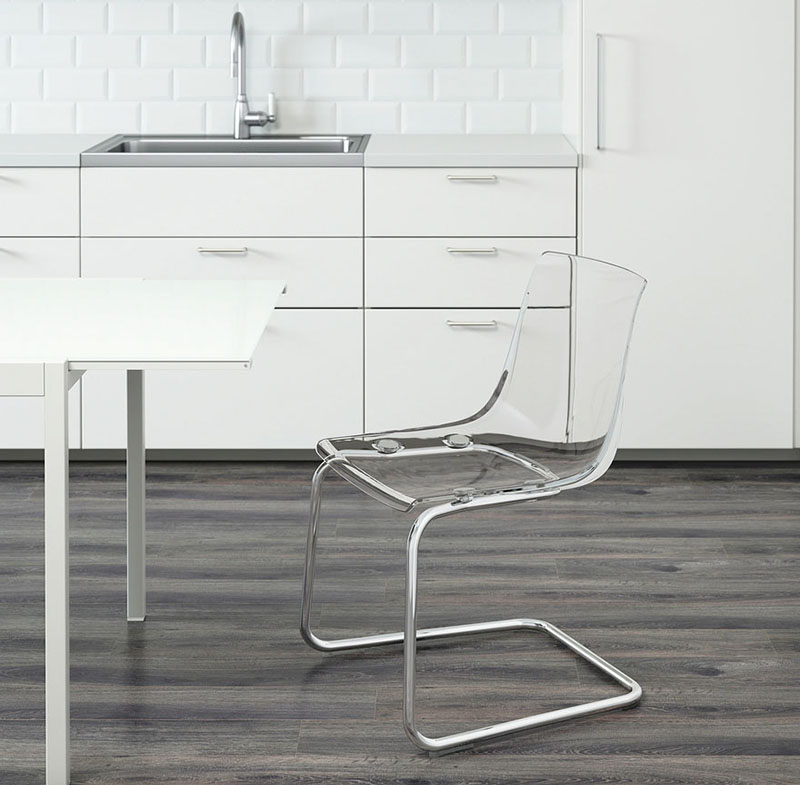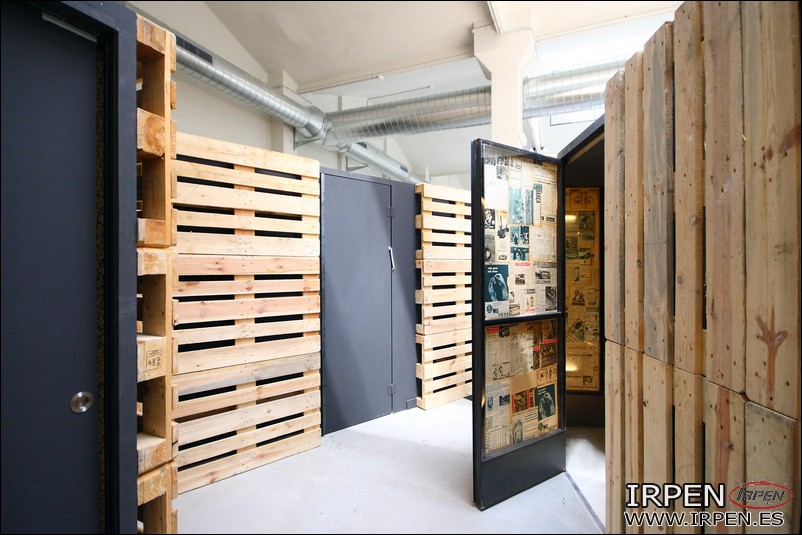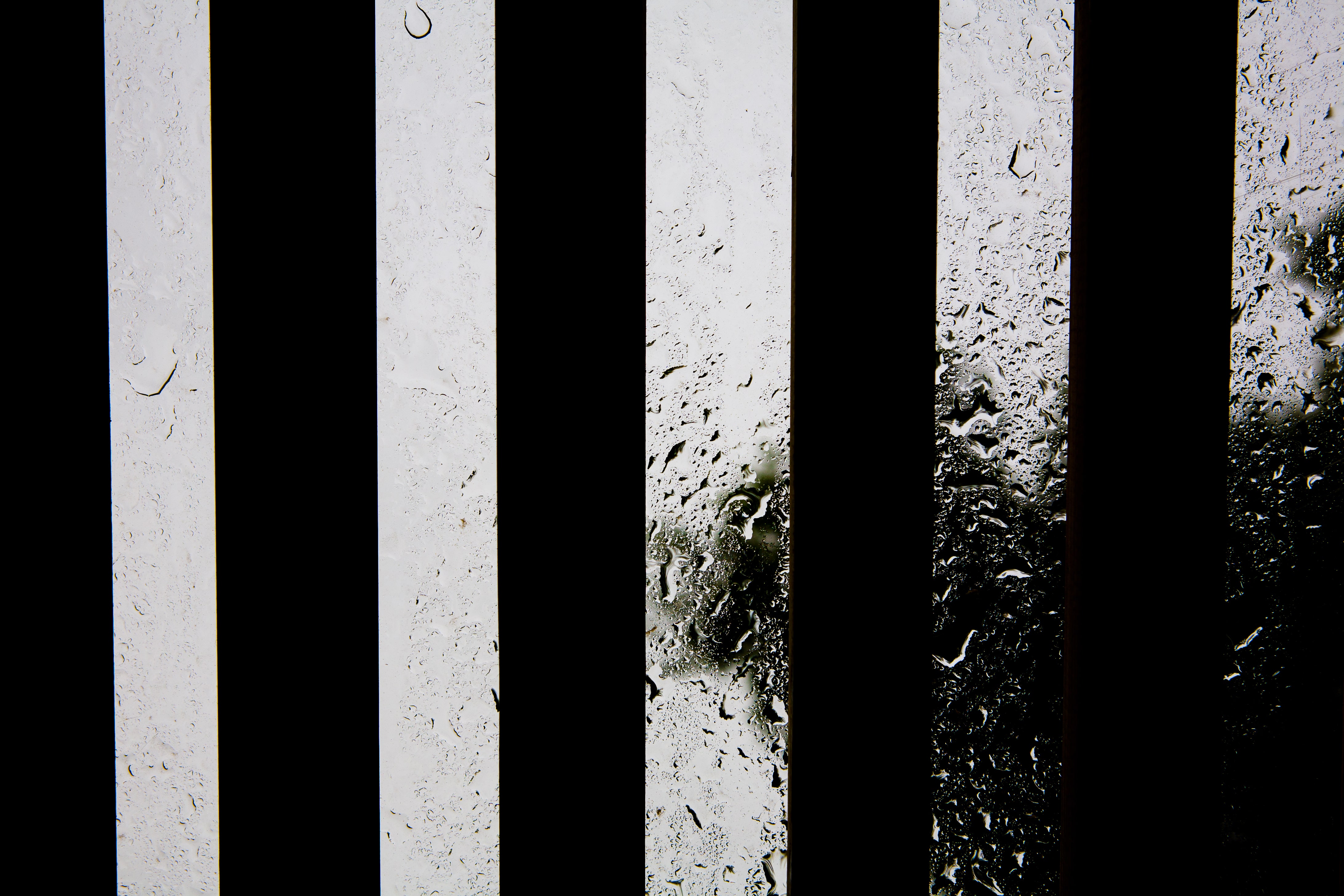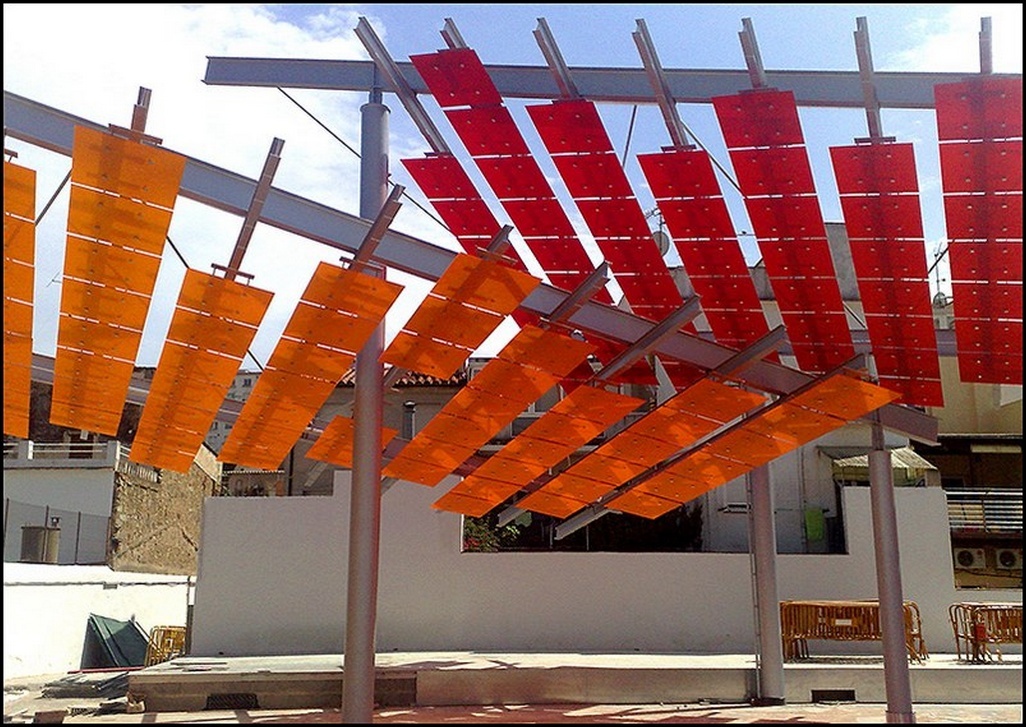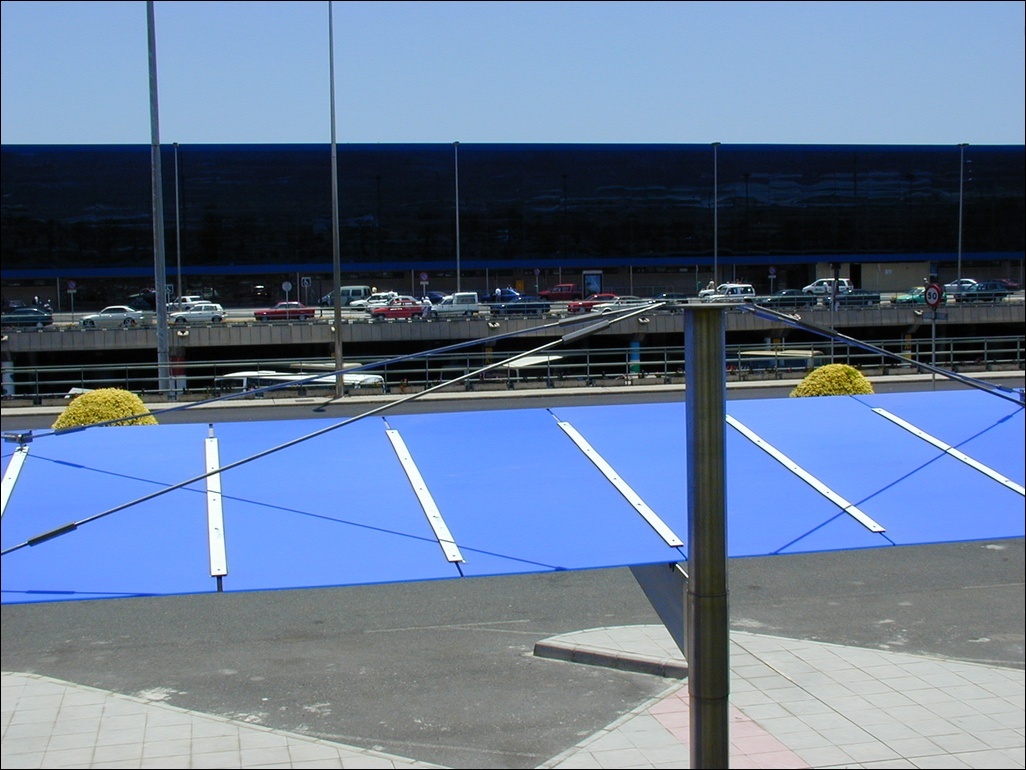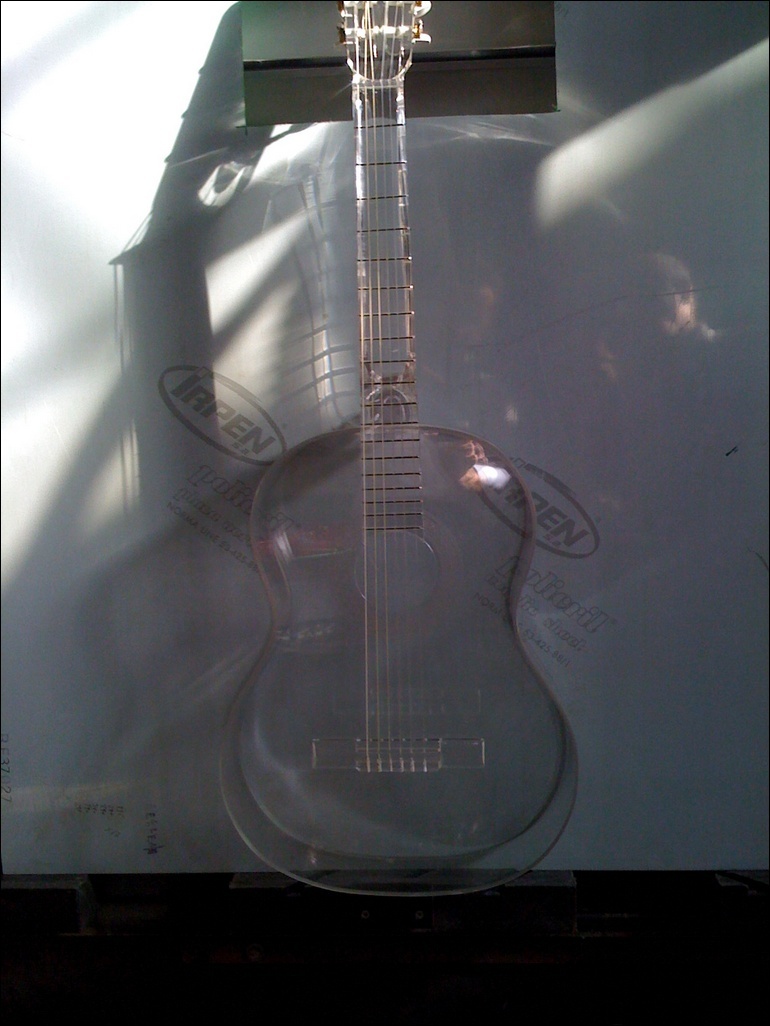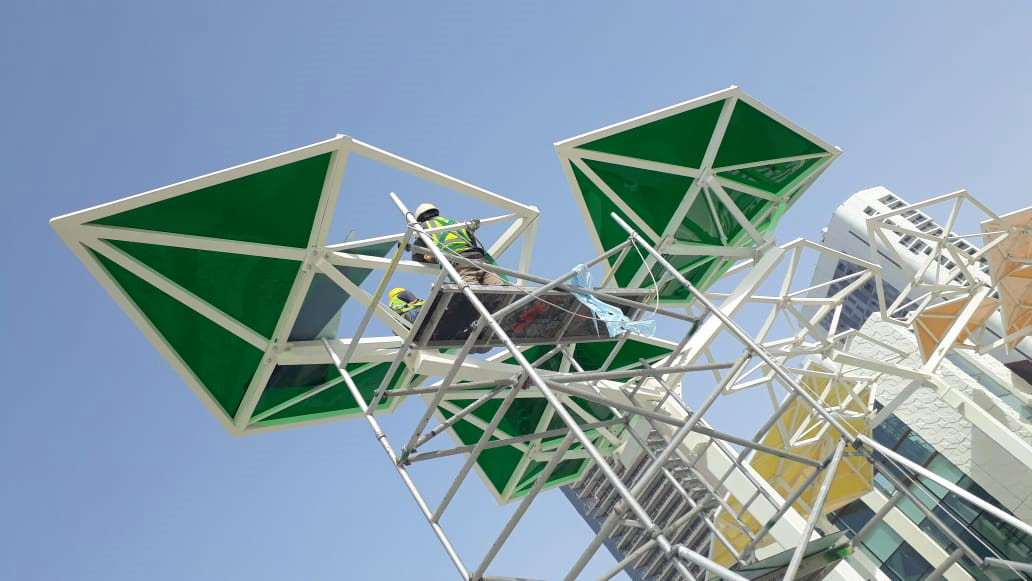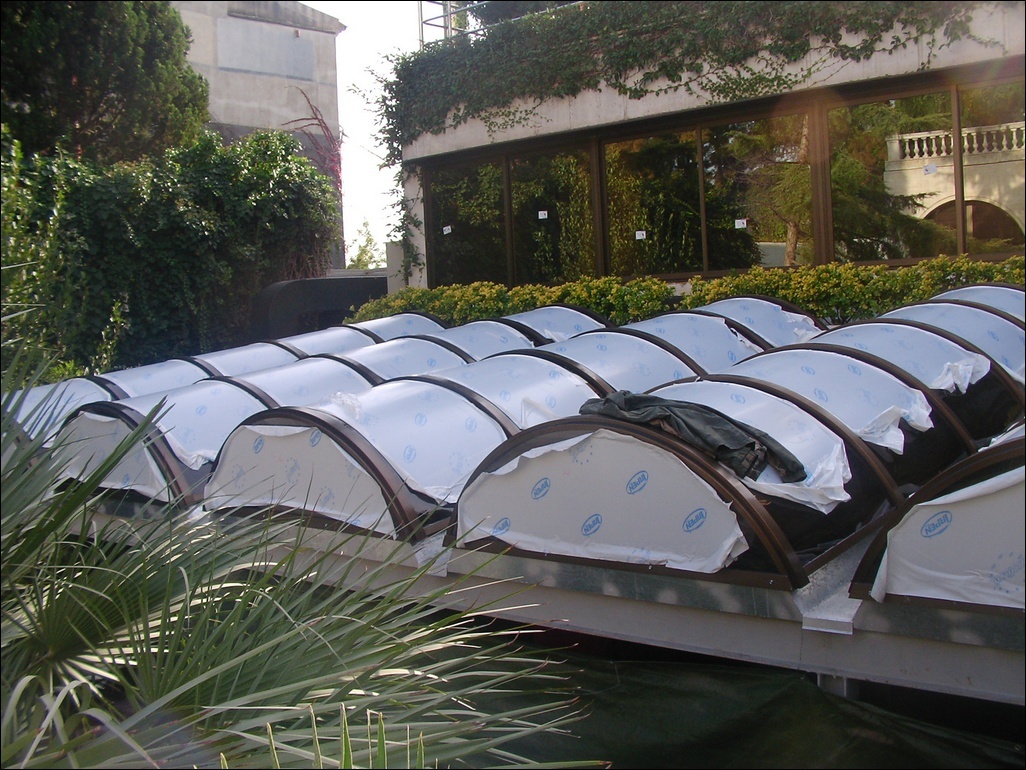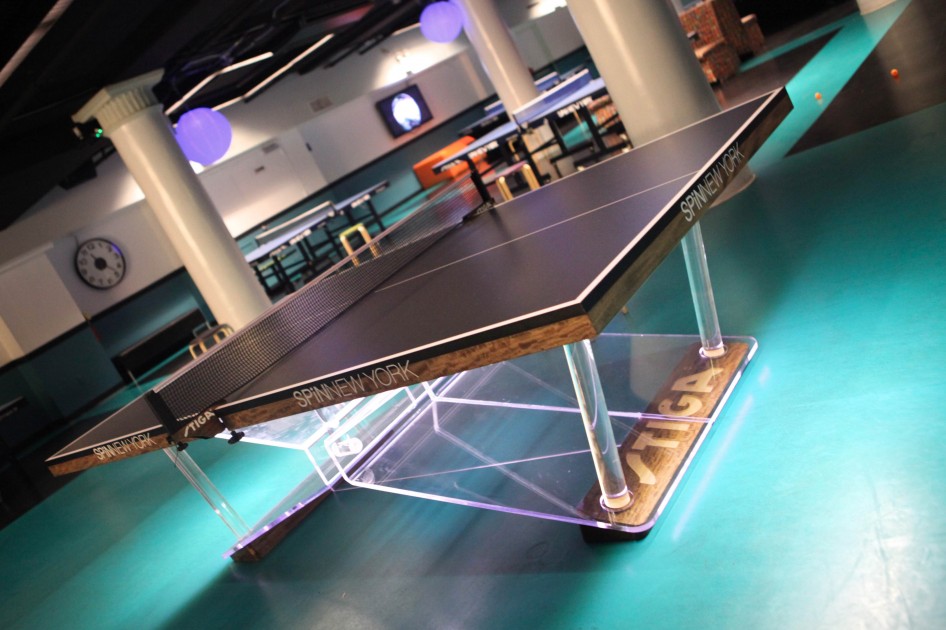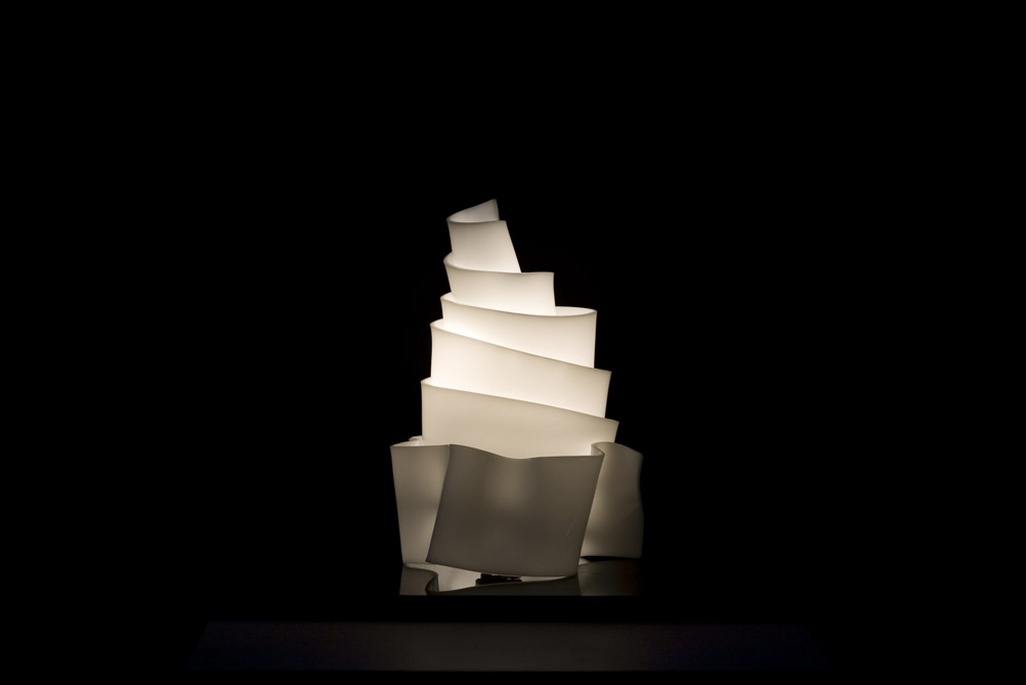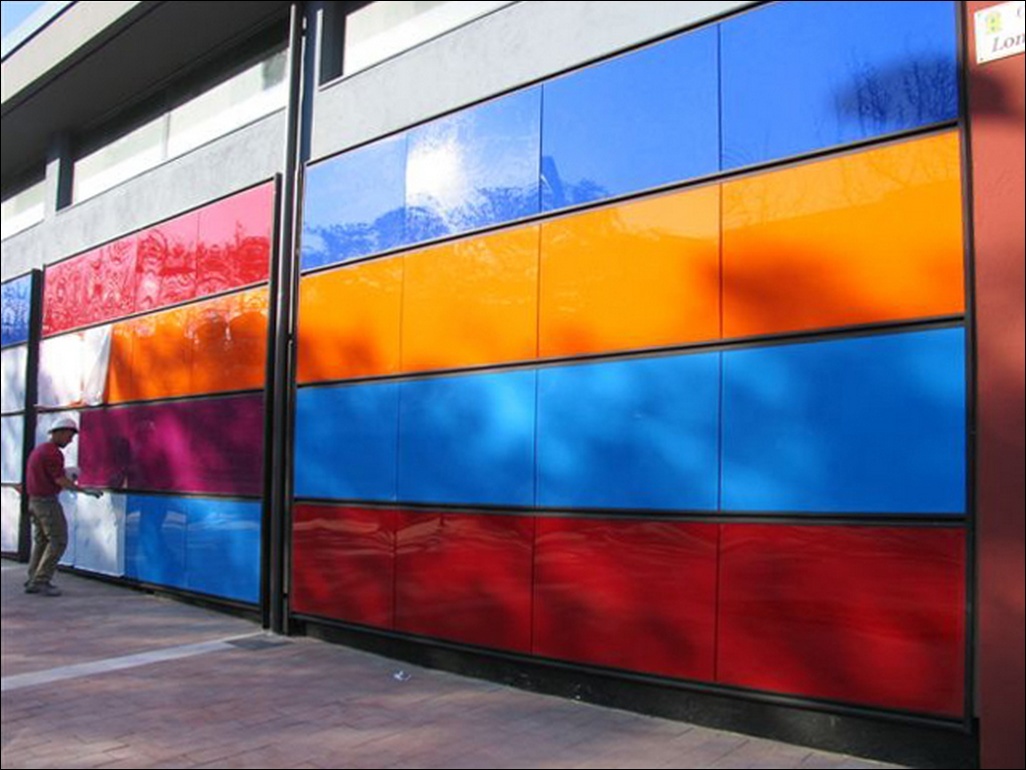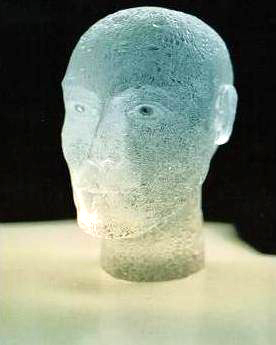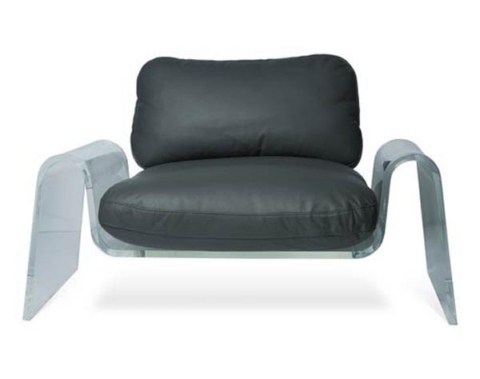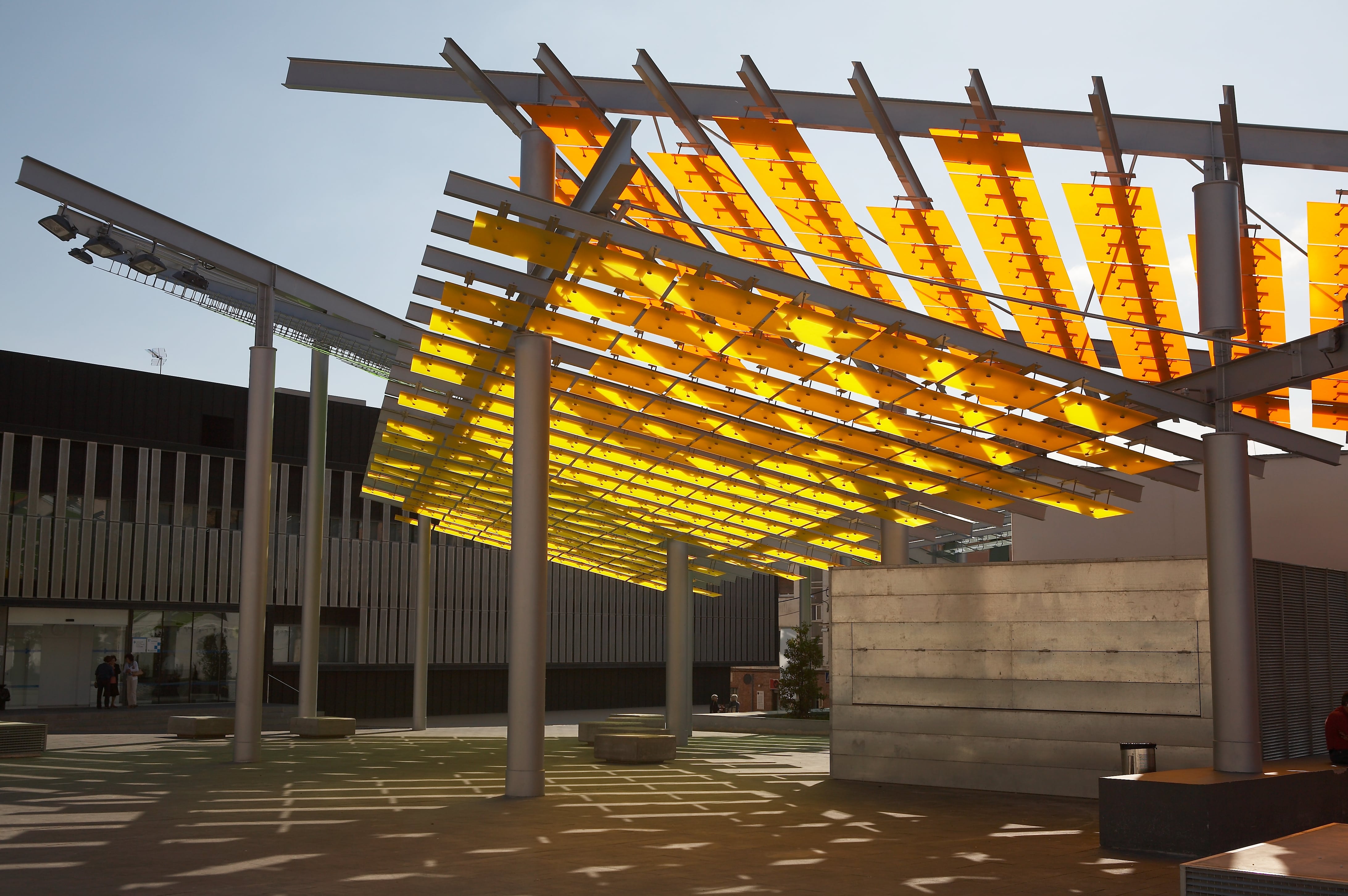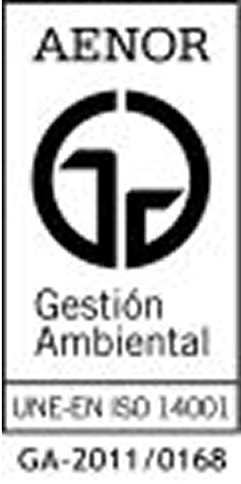Cast / Extruded Acrylic
METHACRYLATE - Frequently Asked Questions

As manufacturers of METHACRYLATE (Policril) and after more than fifty years of experience, we have accumulated a considerable number of questions that our customers have directed to the Technical Department. Today in this article we are going to answer three of the most repeated questions.
How should I drill METHACRYLATE?
Conventional spiral drills can be used, although optimal results are obtained with wide-groove, polished and dilated helical drills. It is of the utmost importance to reduce the heat generated during the operation in order to achieve a well-finished article free of deformation, which will result in a lower tendency to crack. When drilling, the chip must be removed periodically to avoid overheating and adhesion. To obtain clean and almost polished holes, a small amount of petroleum jelly, oil, or, failing that, water should be placed on the tip of the drill bit. Vibrations must be avoided by perfectly holding the plate and fully supporting the area adjacent to the drill on a wooden support. When it is noticed that complete drilling is imminent, the drill must be allowed to advance under its own weight, without exerting pressure. Excessive effort in this operation would cause the hole in its back to tear. To achieve the same peripheral speed, the drill speed must be varied depending on the diameter of the drill bit used.
How should I clean the METHACRYLATE?
The ACRILNET antistatic cleaner manufactured by IRPEN performs the cleaning function, typical of soapy water, in addition to protecting the parts with an antistatic film that reduces the attraction of environmental dust, a common phenomenon given the high electrical resistivity of POLICRIL. It should never be rubbed with dry suede since a greater amount of static current would be induced, in addition to the risk of damaging the high surface quality of the METHACRYLATE with the existing powder, which would act as an abrasive.
What is the minimum radius of curvature of METHACRYLATE?
The POLICRIL plate can be cold bent under tension without affecting its strength, impact resistance, or transparency, provided that the minimum radii of curvature per thickness are respected. As a guideline, the minimum radius of curvature is set at 320/330 times the thickness of the material.
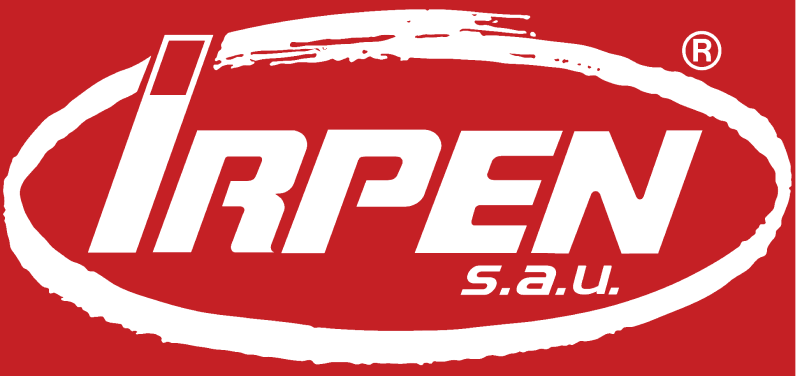













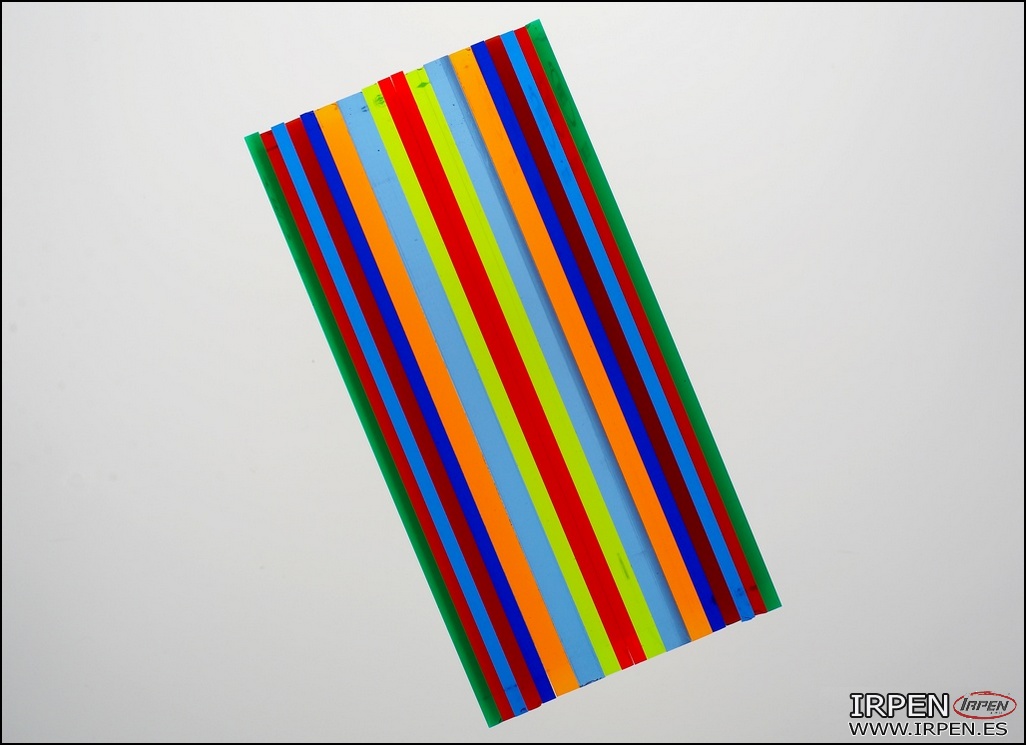
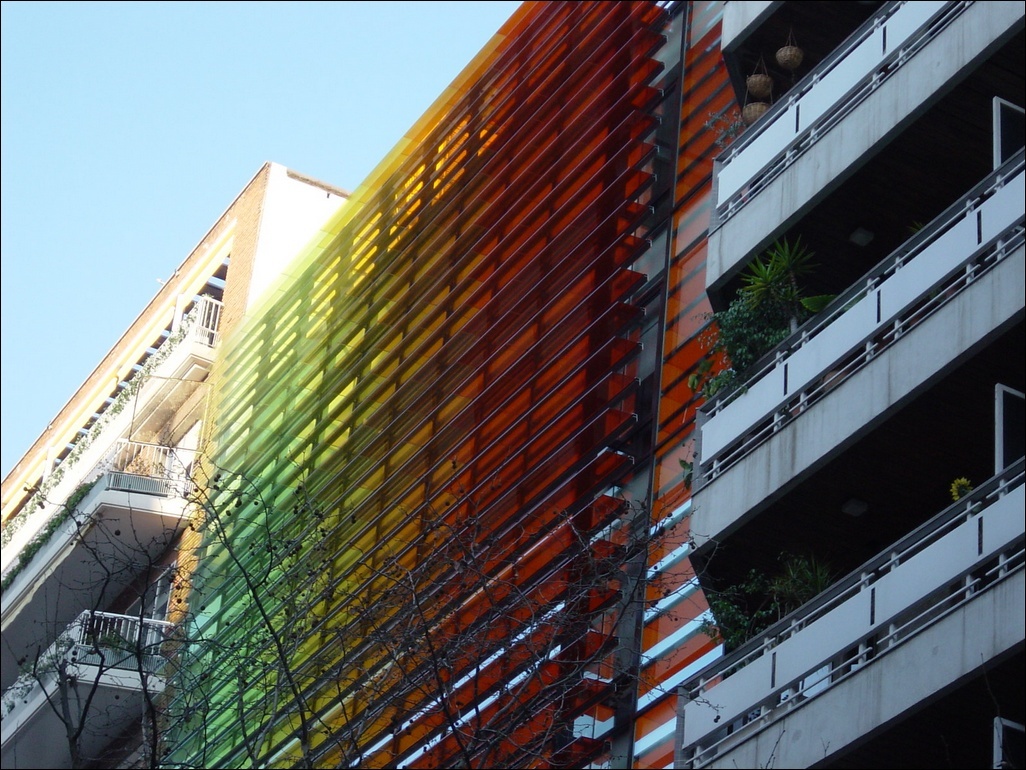
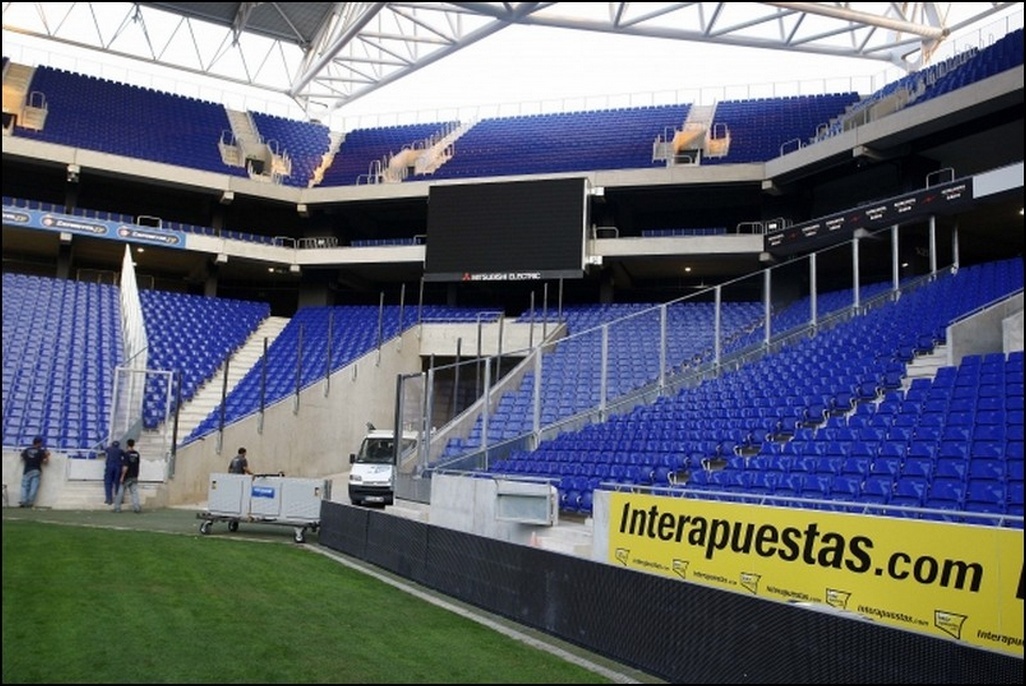

.jpg)

